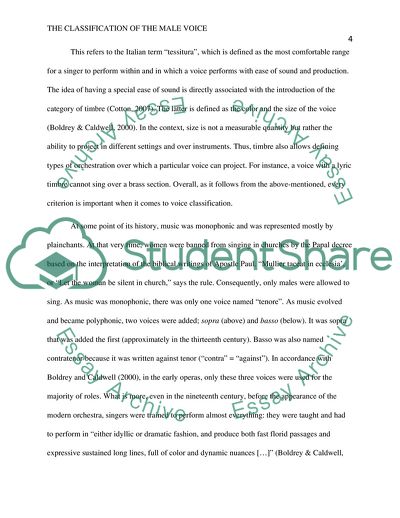Cite this document
(Formation of the Classification of the Male Voice Coursework, n.d.)
Formation of the Classification of the Male Voice Coursework. https://studentshare.org/music/1857216-music-history-formation-of-the-classification-of-the-male-voice-including-the-fach-system
Formation of the Classification of the Male Voice Coursework. https://studentshare.org/music/1857216-music-history-formation-of-the-classification-of-the-male-voice-including-the-fach-system
(Formation of the Classification of the Male Voice Coursework)
Formation of the Classification of the Male Voice Coursework. https://studentshare.org/music/1857216-music-history-formation-of-the-classification-of-the-male-voice-including-the-fach-system.
Formation of the Classification of the Male Voice Coursework. https://studentshare.org/music/1857216-music-history-formation-of-the-classification-of-the-male-voice-including-the-fach-system.
“Formation of the Classification of the Male Voice Coursework”. https://studentshare.org/music/1857216-music-history-formation-of-the-classification-of-the-male-voice-including-the-fach-system.


